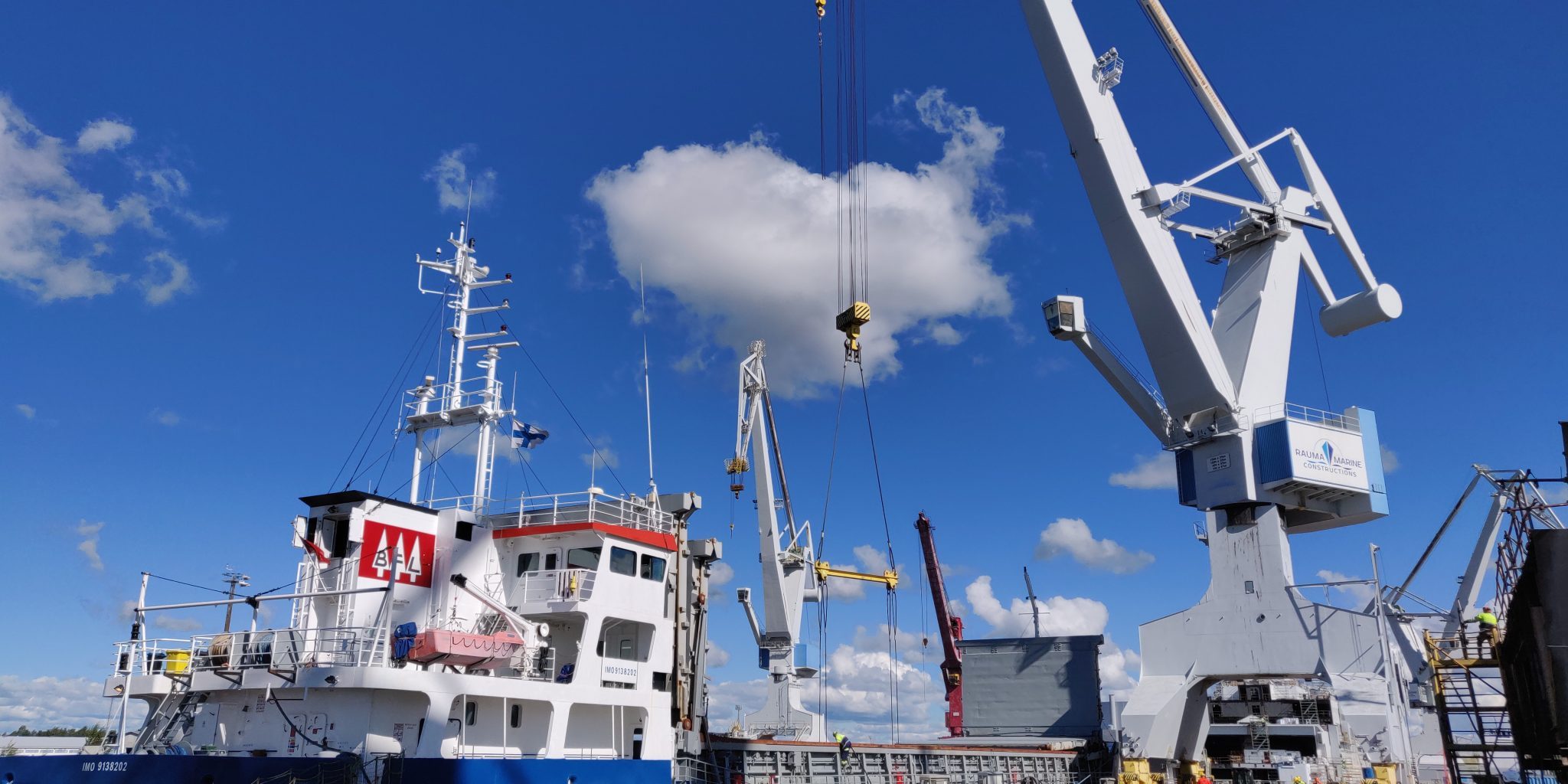We research: Risk management model for logistics chains
The goal of the logistics chain is to transport the package from place A to place B as cost-effectively and environmentally friendly as possible. In this way, through a pragmatic process description, we can identify the weaknesses of the current approach and look for solutions together with research partners.

The case study-based logistics chain model created as an end product of the project Intelligent Maritime Logistics in Satakunta is scalable upwards in its genericity and is utilized in Satakunta both in the dynamic risk management of transport chains in process planning.
In Satakunta, industrial restructuring is challenging users of digitalization and new technologies to answer the questions ahead. Digitization and technology are much-spoken subjects, but how to exploit the added value?
Satakunta's export industry needs cost-effective, safe and efficient logistics chains and transport connections. The waterways and the mainland's links are critical to ports. Sea routes are an essential link to the world for Satakunta. Improving the competitiveness of industry requires the use of digitalization in the development of modes of transport. A secure, competitive, and environmentally-friendly logistics chain will continue to be needed to support the export industry. The tightening requirements of environmental legislation require a holistic understanding of the logistics chain, which is achieved by looking at shipping as an integral part of a more comprehensive set of information flows and activities.
An example of a use case is the transport of sawn timber from the port of Rauma to a European port determined by the use case. The data collection of the logistics chain comprises, e.g. time distribution and information flow in the order-supply chain. Next, a system-level model based on the transport chain system technology is created for the use case. After analyzing the model, the development targets of the process are mapped. Development targets are most often located in information flow, situational awareness, and articulation functions in the logistics process, such as terminal operations.
The research aims to understand and determine the advanced maritime logistics process for utilization by Satakunta's industry. In methods utilizing digitization, technology is shaping the role of the human being and the structure of the transport chain. The advanced maritime logistics transport chain enables resource-efficient and environmentally-friendly freight transport. Data transfer using technology and predictability of the transport process minimize the environmental load and optimize the use of time. The risk management model and structural framework developed for the logistics process in Satakunta's industry effectively reveal the development targets of logistics chains in the Baltic Sea region.
The integration of the maritime logistics transport chain into digital transport services is on the target list of Finland's sustainable growth program. The competitive logistics service of the future will be able to utilize value-added technologies throughout the order-supply chain.
Did you know this?
In line with Finland's sustainable growth program, the industry needs a new data economy, low-carbon solutions, and related business opportunities to reduce emissions from maritime transport and digitalize transport services. Correspondingly, Satakunta's Sustainable Growth Program emphasizes the need to utilize digitalization to develop modes of transportation to improve industry competitiveness. A secure, competitive, environmentally friendly and predictable logistics chain will continue to be needed to support the export industry. SAMK is actively involved in the development work.
